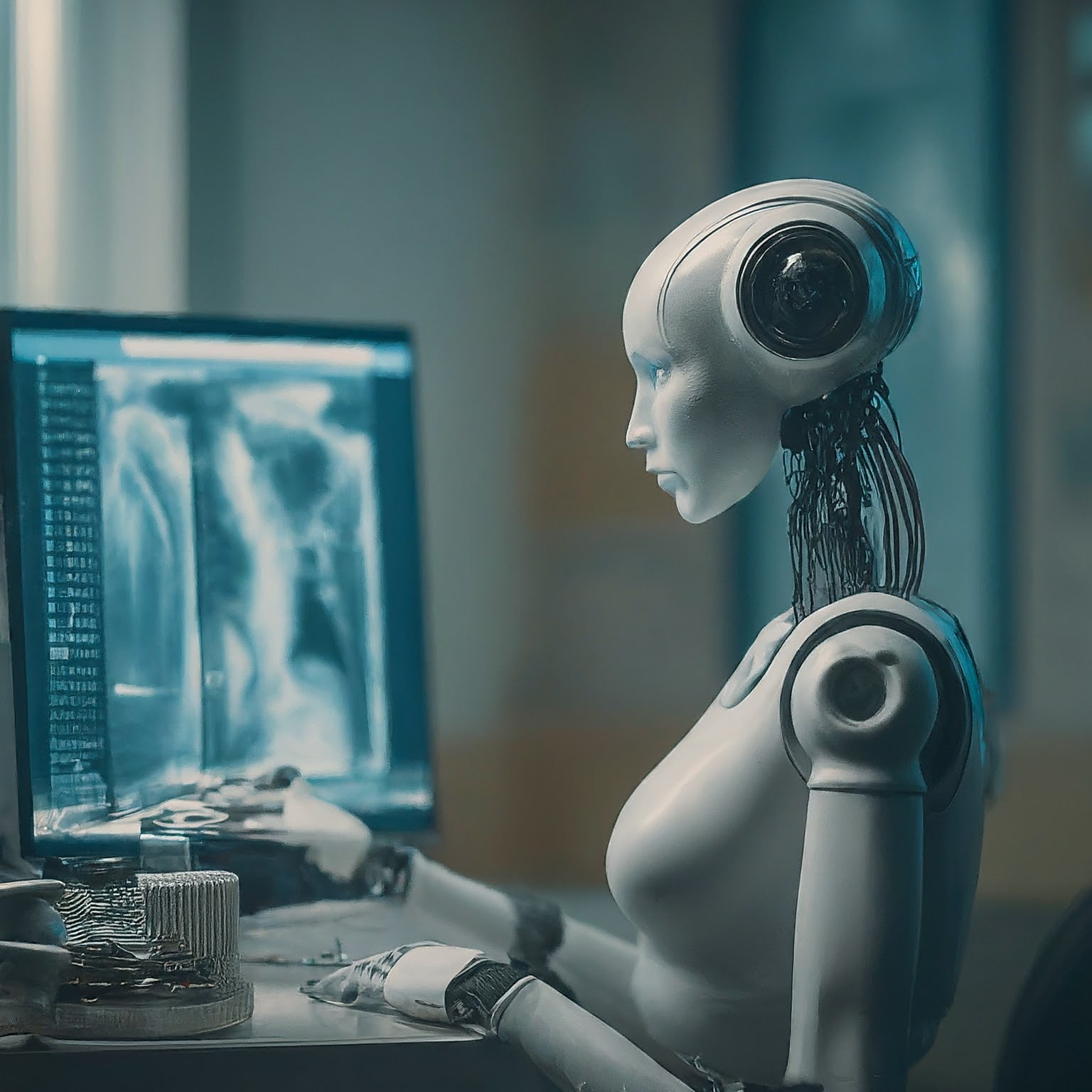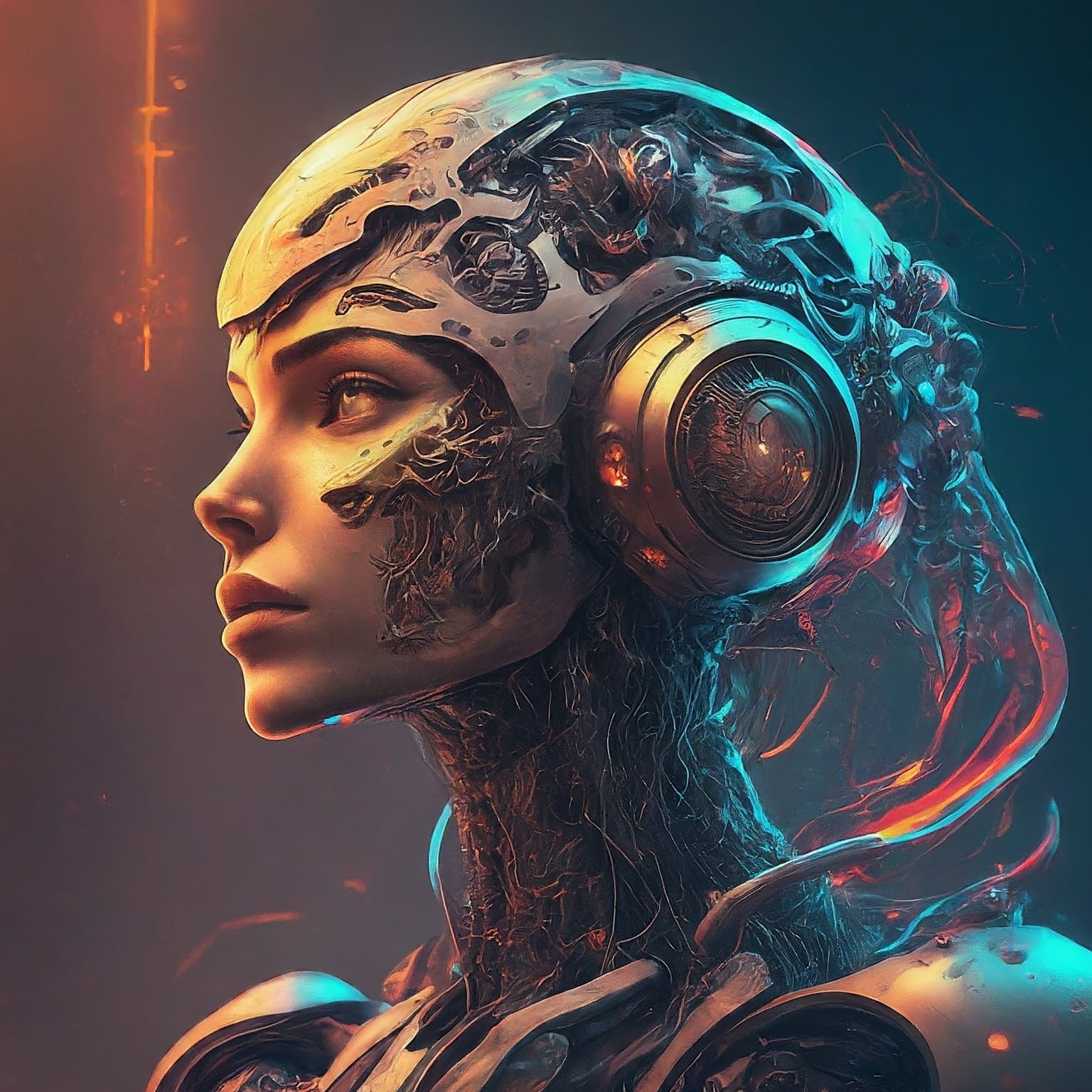Artificial Intelligence Technology
Artificial Intelligence (AI) has ceased to be a futuristic concept confined to sci-fi novels or exclusive research labs. Today, it shapes how we communicate, work, and solve problems, evolving at a breakneck pace and embedding itself deeply into our daily lives. From powering voice assistants and chatbots to enabling self-driving cars and sophisticated medical diagnostics, AI is transforming the very fabric of modern society.
This article explores the remarkable journey of AI, the incredible capabilities it holds today, the challenges it faces, and its promising future — all in an accessible, engaging manner designed to captivate curious minds and informed professionals alike.
The Dawn of Machine Intelligence: How Far We’ve Come

Artificial Intelligence started as an ambitious idea: Could we build machines capable of mimicking human intelligence? Early pioneers in the mid-20th century focused on rule-based programs—rigid systems that followed strict instructions. These expert programs laid the foundation but were limited by their inflexibility.
The big leap came with machine learning, an approach that allowed computers to learn patterns and make decisions from data, rather than relying solely on pre-defined rules. The explosion of digital data, along with advances in computing power and algorithms, allowed this shift to flourish. Suddenly, machines could recognize images, understand human language to an extent, and even start beating humans at complex games like chess and Go.
Fast forward to 2025, and AI is everywhere—often invisible but undeniably powerful. Whether it’s recommending your next favorite movie, detecting fraud in real-time on your credit card, or helping doctors identify diseases early, AI’s influence is omnipresent.
The Many Faces of Artificial Intelligence
AI today is not a single monolithic technology but a collection of tools and techniques designed to tackle different types of problems.
- Understanding Language: Natural Language Processing (NLP) has soared, allowing machines to understand, generate, and even translate human language with surprising fluency. This is why chatbots feel more human and why tools like automated translation are improving rapidly.
- Seeing the World: Computer vision technologies enable AI to “see” and interpret images and videos. These systems power everything from facial recognition to the inspection of products in factories to autonomous vehicle navigation.
- Learning from Experience: Deep learning, a subset of machine learning inspired by the structure of the human brain, allows AI to automatically extract features from massive datasets. This capability underpins many breakthroughs seen in speech and image recognition.
- Making Decisions: Reinforcement learning lets AI agents learn optimal actions by exploring their environment and receiving feedback. This approach powers robots and software that can adapt and improve, making it ideal for dynamic and complex tasks.
AI in Action: Industries Transformed
While AI’s theoretical foundations provide the exciting bedrock, its real magic happens in how it solves real-world problems.
In healthcare, AI-driven analysis of medical images can detect cancerous tumors faster and sometimes more accurately than human experts. Personalized medicine leverages AI to tailor treatments based on a patient’s unique genetic makeup, improving outcomes and minimizing side effects. Virtual health assistants are now capable of monitoring chronic conditions around the clock, alerting clinicians to potential emergencies before they escalate.
Finance benefits enormously from AI’s pattern recognition. Fraud detection systems analyze millions of transactions per second, flagging anomalies that could indicate theft or misuse. AI also assists in portfolio management, adapting investment strategies by continuously scanning market conditions and risk factors. Beyond that, customer service chatbots provide personalized help without long wait times.
Retailers increasingly rely on AI to understand their customers. Recommendation engines sift through mountains of purchase histories to suggest products tailored perfectly to individual tastes. Supply chains become more resilient thanks to AI-powered demand forecasts and route optimizations, helping prevent delays and reduce costs. Virtual dressing rooms use augmented reality combined with AI to let customers “try on” clothes from home.
In manufacturing, AI-driven robots handle dangerous or repetitive tasks with precision and flexibility. Predictive maintenance powered by sensor data prevents costly downtime by alerting managers before machines break. Quality control improves with AI-powered visual inspection, catching defects that the human eye could miss.
Transportation is evolving rapidly with AI at its core. Self-driving cars combine real-time sensor data and cloud intelligence to navigate challenging environments. Traffic systems optimize flow, reducing congestion and emissions in smart cities worldwide. Fleet managers use AI to plan routes that balance speed, fuel efficiency, and delivery deadlines.
Education and entertainment are likewise reshaped by AI. Adaptive learning platforms customize lessons based on students’ individual needs, helping bridge gaps and accelerate growth. AI-powered content generators assist artists and writers, while streaming giants curate personalized recommendations that keep viewers engaged for hours.
Challenges on the Road to AI Ubiquity
Despite its achievements, AI technology wrestles with significant challenges. One prominent issue is bias. Since AI learns from data created by humans, it can inadvertently pick up societal prejudices—potentially reinforcing injustice unless carefully audited and corrected.
Privacy is another concern, as the AI hunger for data clashes directly with fundamental rights to control one’s personal information. Leaders worldwide debate regulations to strike a balance between innovation and protection.
The impact on employment provokes anxiety as AI automates routine tasks. But history suggests human work will evolve rather than vanish, highlighting the urgent need for policies supporting workforce reskilling and lifelong learning.
Transparency is essential because AI’s complexity often turns models into “black boxes,” making it difficult for developers and users to understand decision-making processes. Pushing for explainable AI helps build trust and accountability.
Finally, the technical challenges of integrating AI into existing systems, ensuring robust security, and managing the high costs of infrastructure continue to slow some adoption.
Peering into the Future: What’s Next for AI?
The potential of AI remains vast and largely untapped. Emerging areas to watch include agentic AI — systems that autonomously perform complex objectives with minimal human input. For example, AI managing entire supply chains or acting as virtual personal assistants that anticipate needs and make arrangements proactively.
Multimodal AI that combines text, images, video, and audio promises more natural, holistic interactions. Imagine an AI assistant understanding your words, recognizing your facial expression, and interpreting your tone to respond empathetically.
Quantum computing could supercharge AI capabilities, making it possible to solve problems currently beyond reach—such as modeling complex chemical reactions for novel medicines or climate predictions with unprecedented accuracy.
The growing democratization of AI tools allows individuals and small businesses to innovate without massive technical teams. Low-code and no-code platforms enable creative problem-solving accessible to a broader audience.
As AI grows, so will ethical governance. International cooperation and robust frameworks will guide responsible AI deployment, emphasizing fairness, inclusion, and safety.
Embracing AI Today: How You Can Prepare
AI is not reserved for tech giants or researchers. Whether you’re an entrepreneur, a professional, or a curious learner, there are ways to engage with AI meaningfully:
- Educate Yourself: Understanding AI fundamentals demystifies the technology and empowers better decision-making.
- Develop New Skills: Strong analytical, data literacy, and digital problem-solving skills boost resilience in an AI-driven job market.
- Identify Opportunities: Look for areas in your industry or personal projects where AI could improve efficiency or creativity.
- Stay Ethical: Advocate for transparent, fair AI practices within your sphere.
- Collaborate: Join communities, attend events, and stay current with AI news and tools.
Conclusion
Artificial Intelligence stands among the most transformative forces of our time. Far beyond automating chores, AI enriches human potential by augmenting creativity, accelerating discovery, and solving complex challenges that were once insurmountable.
As we navigate this new world shaped by intelligent machines, the path forward demands curiosity, responsibility, and cooperation. AI’s true power will shine brightest when harnessed thoughtfully — enhancing lives, advancing knowledge, and creating a future where innovation serves all.
With every line of code and model trained, we step closer toward a future once imagined only in fiction — a future where human and artificial intelligence join forces to unlock boundless possibilities.
Thank you for joining this journey into the fascinating realm of Artificial Intelligence technology! Feel free to share your thoughts, insights, or questions below.

